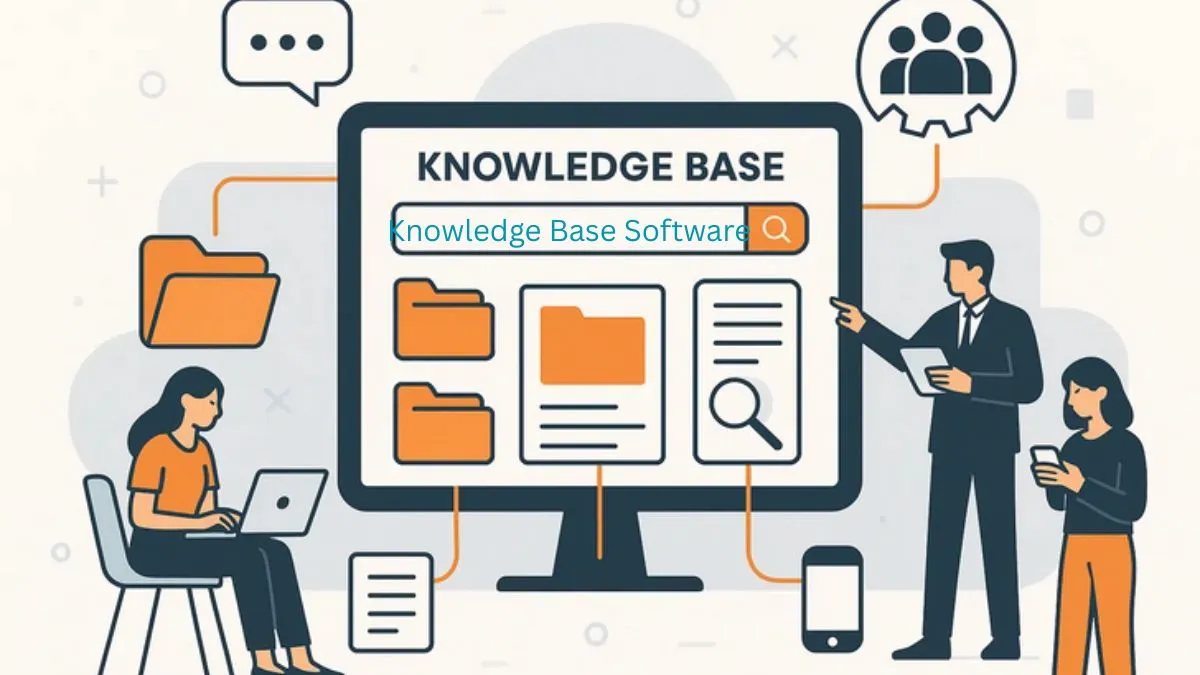Introduction
Ever wondered how top companies handle customer queries so fast? The secret lies in using the right knowledge base software. In 2025, every growing business — from startups to enterprises — needs an organized, searchable information hub for teams and users. In this guide, you’ll discover what knowledge base software is, why it matters, and which tools can help your business save time, cut support costs, and deliver a better customer experience.
🧠 What is Knowledge Base Software?
A knowledge base software is a digital platform that helps you create, manage, and share information in one place. It’s like having an online library of articles, FAQs, and tutorials that both employees and customers can access anytime.
Companies use it to:
Reduce repetitive customer support tickets
Onboard employees faster
Share internal documentation
Deliver 24/7 self-service support
Popular examples include Notion, Zendesk, and Helpjuice, all offering customizable, easy-to-navigate interfaces.
🚀 Why Knowledge Base Software Matters in 2025
The way customers find information has evolved. In 2025, 73% of users prefer self-service over waiting for a support response. That’s where knowledge base tools shine.
Benefits include:
💡 Faster resolutions: Customers find answers instantly.
💼 Improved productivity: Employees access info without asking managers.
💰 Cost savings: Reduces repetitive support queries.
🌍 Better collaboration: Keeps remote teams aligned.
Case in point: HubSpot reported a 25% drop in support tickets after launching its internal knowledge base.
🧩 Step-by-Step Guide to Using Knowledge Base Software
🧾 Step 1 – Identify What Information Matters
List FAQs, troubleshooting steps, tutorials, and policies that users often ask about.
🏗️ Step 2 – Choose the Right Tool
Pick software that fits your needs — cloud-based, AI-powered, or open-source. (We’ll list the best ones below.)
✍️ Step 3 – Create and Organize Content
Use categories and tags so users can easily navigate. Add screenshots, videos, and examples.
🧪 Step 4 – Optimize for Search
Include internal links, metadata, and keywords in articles to make content discoverable via Google.
📊 Step 5 – Update and Track Performance
Use analytics to identify top-performing articles and knowledge gaps.
🧰 Best Knowledge Base Software in 2025
| Tool Name | Best For | Key Features | Pricing |
|---|---|---|---|
| Notion | Team Collaboration | AI notes, docs, templates | Free–$15/mo |
| Zendesk Guide | Customer Support | Ticket integration, analytics | From $49/mo |
| Helpjuice | Enterprise Use | Custom branding, reports | From $120/mo |
| Document360 | Tech Companies | Markdown editor, API docs | From $99/mo |
| Guru | Internal Knowledge | Slack & Teams integration | From $5/user/mo |
⚠️ Common Mistakes to Avoid in Knowledge Base Software
❌ Writing too technical or long articles.
❌ Ignoring design and navigation.
❌ Not updating outdated content.
❌ Skipping search optimization (SEO).
❌ Forgetting internal training and promotion.
💡 Advanced Tips to Master Knowledge Base Software
Integrate AI chatbots to auto-suggest help articles.
Use heatmaps and analytics to see what users read most.
Add video tutorials for visual learners.
Encourage customers to rate articles to improve content quality.
Connect with CRM tools for unified data access.
🏁 Conclusion
In today’s digital world, knowledge base software isn’t a luxury — it’s a necessity. It empowers teams, delights customers, and streamlines business operations. Whether you choose Notion, Helpjuice, or Zendesk, start building your knowledge hub today and see how easily it transforms your support experience.
👉 Ready to get started? Try one of the tools above and simplify knowledge sharing for your business today.
❓ FAQs About Knowledge Base Software
1. What is knowledge base software used for?
It helps businesses store, organize, and share information for customers and employees.
2. Which is the best knowledge base software in 2025?
op choices include Notion, Helpjuice, Zendesk, and Document360.
3. Can small businesses use knowledge base software?
Absolutely! Tools like Notion and Guru offer free or low-cost plans ideal for startups.
4. How do I create a good knowledge base article?
Keep it short, use visuals, and answer specific questions clearly.
5. What features should I look for?
Search function, analytics, integrations, permissions, and customizable templates.

